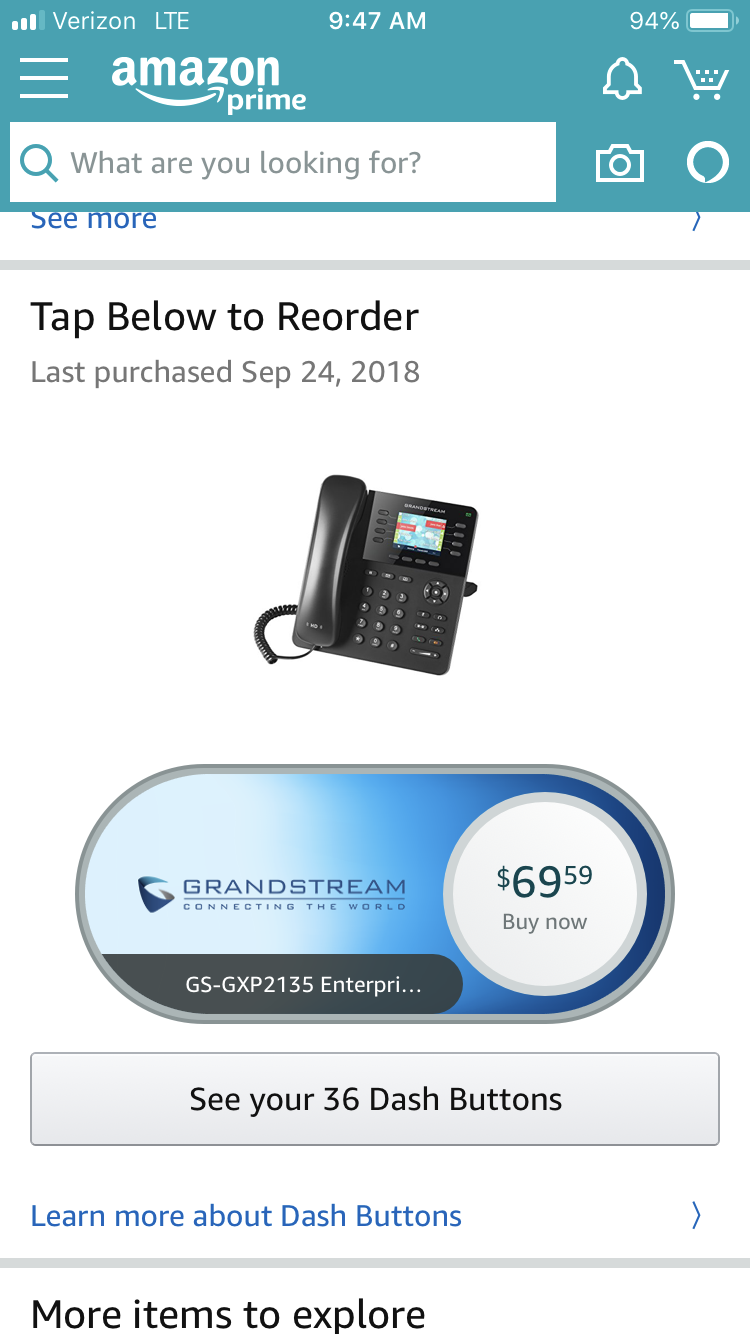Last week, Elastic announced they will change their software licensing strategy, and will not release new versions of Elasticsearch and Kibana under the Apache License, Version 2.0 (ALv2). Instead, new versions of the software will be offered under the Elastic License (which limits how it can be used) or the Server Side Public License (which has requirements that make it unacceptable to many in the open source community). This means that Elasticsearch and Kibana will no longer be open source software. In order to ensure open source versions of both packages remain available and well supported, including in our own offerings, we are announcing today that AWS will step up to create and maintain a ALv2-licensed fork of open source Elasticsearch and Kibana.
From https://aws.amazon.com/blogs/opensource/stepping-up-for-a-truly-open-source-elasticsearch/. (Because Amazon seems to have broken the auto-embedding from the WordPress widget.)
Someone pointed out that the company behind Elastic made a profit of $500M last year. This apparently wasn’t good enough, because Capitalism, so after promising just 3 months ago that they would never change their license, they did, in order to try to claw back more money they might be missing out on. They gave anyone bundling their open-source product a giant middle finger to try to spite Amazon, and Amazon gave them the finger right back.
The resources to continue to develop Elasticsearch, post license change, is a rounding error on Amazon’s balance sheet, and you can bet your sweet bippie that anyone actually affected by Elastic’s spiteful license change will simply use Amazon’s version, and avoid the Elastic “tax” on their efforts. In open source, it’s always been about having the largest benefactor on your side, and knowing that keeping Elasticsearch truly open source is in Amazon’s self-interest will swing the choice between versions away from elastic.co. It seems to me that Elastic just misfired the foot-gun.
Best comment of the HN thread on the subject:
Unless it’s not clear yet, the biggest benefactors of OSS have become the 3 largest cloud vendors owned by 3 of the largest tech mega corps, namely:
- AWS
- Azure
- GCP
The multi-billion dollar infrastructure and network lock-in cloud vendors enjoy ensures there will only be these 3 cloud platforms (in the western world) that will enjoy most of the value derived from OSS, who are collecting rents on the backs of ISV’s who developed the OSS products, because of which they’re also going to be most invested in keeping the OSS status quo where they’re able to repackage the resources & efforts others have invested into developing their OSS products and reap a majority of the profits by offering it as a managed hosted service on their platform, since relatively no customer using the cloud is going to want to use an external service if there’s also the same managed service being offered by the cloud vendor.
The fantasy that OSS allows equal competition is no longer a reality, ISV’s cannot compete with a cloud vendor who uses their own investments against them in addition to their anti-competitive monopoly lock-in of already having Customers running on their cloud platform.
Elastic’s move to SSPL is effectively “OSS + free for everyone with the exception of exploitation by a major cloud vendor”, since without it we’re heading towards a mono culture future where all hosted OSS software is going to be funded and resourced by the billions major cloud vendors have reaped in collecting all the rent for hosting others OSS investments, that AWS gives nothing back in exchange for.
SSPL is effectively being used a tool to force AWS to do the ethical thing and reach an agreement with Elastic to distribute a portion of their profits from using their trademarks and hosting their Software they’ve invested a decade in building. AWS has instead chosen the path to maintain their own fork to avoid sharing any profits with Elastic as they’re obviously currently making so much from hosting Elastic’s products that it’s in their financial best interest to start hiring dev resources to maintain their own fork then sharing profits with Elastic to fund its continued development.
Will be interesting to see how this strategy turns out, AWS may have already become to big to compete against who will be able to out resource, out fund & take over any ISV’s OSS product, but it’s clear the longer Elastic waits, the harder it would be to protect their own investments being used against them.
This all factors into ideas knocking about in my head about de facto monopolies and what modern society should do about them, which I’m still trying to be able to elucidate succinctly.




